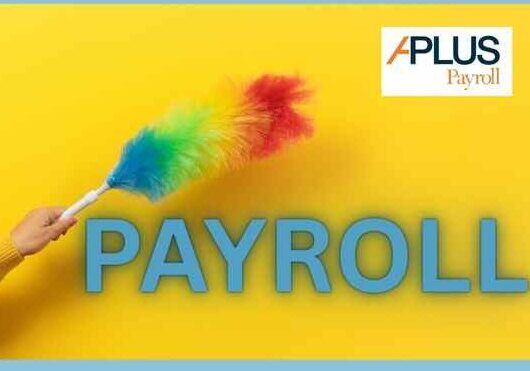How Can I Avoid Bad Hires?
by Paul Devlin
1. Define Clear Job Descriptions
Why It Matters
A well-defined job description sets clear expectations for both the employer and potential candidates. It helps attract the right talent while deterring those who don’t meet the criteria.
How to Do It
- Detail Responsibilities: Clearly outline the roles and responsibilities of the position.
- Specify Requirements: List the necessary skills, qualifications, and experience needed.
- Highlight Company Culture: Share insights about your company culture to attract candidates who will fit in well.
Example
Instead of a vague job title like “Marketing Specialist,” specify “Digital Marketing Specialist with 3+ years of experience in SEO and content marketing.”
2. Utilize Structured Interviews
Why It Matters
Structured interviews standardize the process, ensuring every candidate is evaluated consistently. This reduces bias and makes it easier to compare candidates.
How to Do It
- Prepare Questions in Advance: Develop a list of questions that align with the job requirements.
- Use a Scoring System: Rate candidate responses using a consistent scoring system to evaluate answers objectively.
- Include Behavioral Questions: Ask questions that reveal how candidates handled past situations to predict future performance.
Example
“Can you describe a time when you had to manage multiple projects simultaneously? How did you prioritize your tasks?”
3. Conduct Thorough Reference Checks
Why It Matters
Reference checks provide valuable insights into a candidate’s work history, performance, and behavior from previous employers.
How to Do It
- Verify Employment Details: Confirm the candidate’s job titles, responsibilities, and tenure.
- Ask Open-Ended Questions: Inquire about the candidate’s strengths, weaknesses, and overall performance.
- Speak to Multiple References: Get a well-rounded view by talking to several past colleagues or managers.
Example
“What would you say were the candidate’s biggest contributions to your team, and where is there room for improvement?”
4. Implement Skills Assessments
Why It Matters
Skills assessments provide an objective measure of a candidate’s abilities, ensuring they have the necessary competencies for the role.
How to Do It
- Use Relevant Tests: Choose assessments that directly relate to the job’s core tasks.
- Evaluate Real-World Scenarios: Present candidates with scenarios they would actually encounter in the role.
- Combine Assessments with Interviews: Use the results to guide follow-up questions during the interview.
Example
For a software developer role, have candidates complete a coding challenge or project relevant to their day-to-day responsibilities.
5. Involve Multiple Team Members
Why It Matters
Getting input from multiple team members ensures diverse perspectives and helps identify potential red flags that one person might miss.
How to Do It
- Panel Interviews: Conduct interviews with a panel of team members from different departments.
- Collaborative Decision-Making: Discuss each candidate as a group before making a final decision.
- Feedback Collection: Gather written feedback from each interviewer to compare notes and impressions.
Example
After interviews, hold a debrief meeting where each panel member shares their thoughts and evaluates the candidate against predefined criteria.
6. Look for Cultural Fit
Why It Matters
A candidate who aligns with your company culture is more likely to be engaged, productive, and stay long-term.
How to Do It
- Assess Values Alignment: Determine if the candidate’s values and work style match your company culture.
- Encourage Real Conversations: Create opportunities for casual, genuine conversations to gauge how well the candidate will fit in.
- Trial Periods: Consider implementing a trial period or probationary phase to see how well the candidate integrates.
Example
Invite the candidate to a team lunch or social event to observe interactions and cultural alignment. If someone is rude to a server, how will they be to a co-worker?.
Avoiding bad hires requires a strategic approach that combines clear communication, thorough evaluation, and team collaboration. By defining precise job descriptions, conducting structured interviews, performing diligent reference checks, implementing skills assessments, involving multiple team members, and assessing cultural fit, you can significantly reduce the risk of hiring mistakes.
This article does not constitute legal or formal HR advice. For more information please contact an HR Professional. If you would like more information about our HR module and how it integrates seamlessly with our Payroll and TLM, please contact us.



